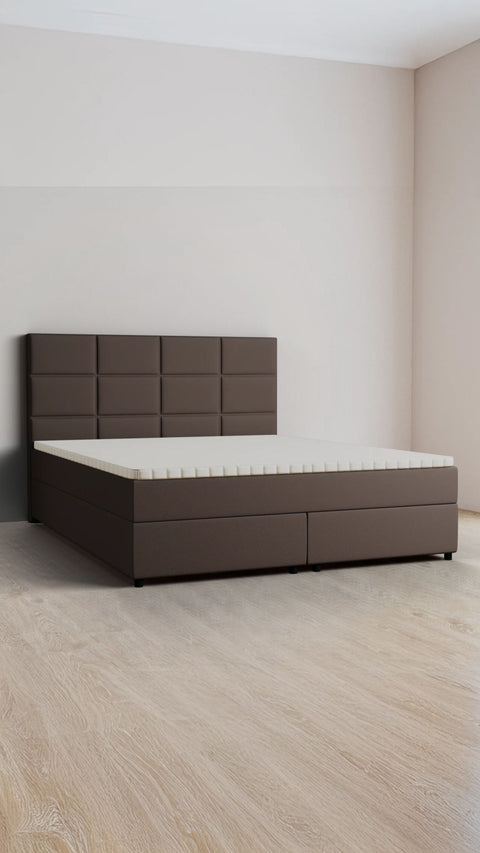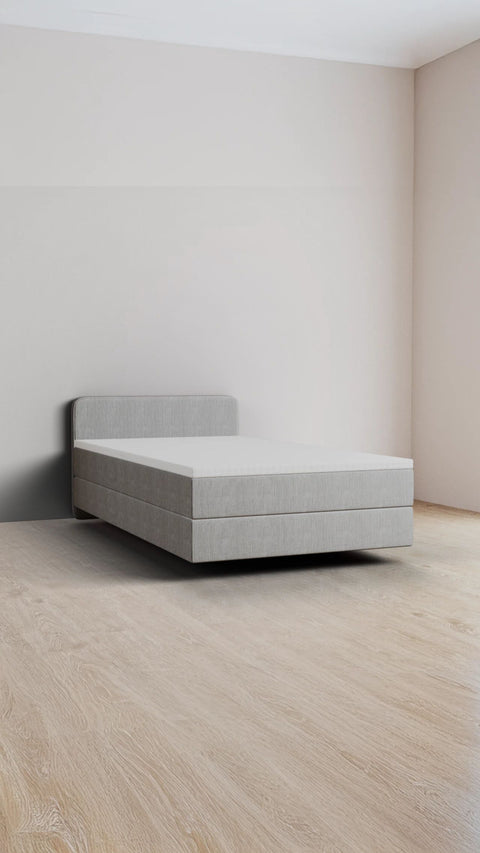Understanding the invisible factor that impacts your nightly rest.
In today’s digital world, our evenings are filled with glowing screens — from smartphones to televisions and LED lighting. Yet few realize how profoundly this blue light can affect the body’s ability to rest. Understanding this connection helps you make small, effective changes that improve your sleep quality — and, by extension, your overall wellbeing.
What Is Blue Light?
Blue light is a type of high-energy visible (HEV) light emitted naturally by the sun and artificially by modern devices — phones, tablets, TVs, and LED bulbs. During the day, it helps keep you alert and focused. But at night, prolonged exposure can send confusing signals to your brain.
How Blue Light Disrupts Sleep
Your body runs on a 24-hour internal clock known as the circadian rhythm. This system tells you when it’s time to wake up and when to sleep.
Blue light exposure in the evening interferes with this rhythm in several ways:
-
Suppresses Melatonin Production – Melatonin is the hormone that tells your body it’s time to sleep. Blue light can delay or reduce its release, making it harder to fall asleep.
-
Delays Sleep Onset – Scrolling through your phone or watching TV before bed tricks your brain into thinking it’s still daytime.
-
Reduces REM Sleep – Studies show that nighttime exposure to blue light can shorten or fragment REM cycles — the phase responsible for mental restoration and memory consolidation.
The result? You might fall asleep later, wake more often, and feel less refreshed in the morning.
Everyday Sources of Blue Light
Even if you think you’re not exposed much, blue light hides in places you might not expect:
-
LED bedside lamps and ceiling lights
-
Smartphones, tablets, and computer monitors
-
Televisions and gaming devices
-
E-readers or digital clocks
How to Protect Your Sleep
You don’t need to avoid all screens — just manage your exposure wisely.
-
Set a “Digital Sunset.” Try to turn off bright screens one to two hours before bed.
-
Use Night Mode or Blue Light Filters. Most devices have built-in settings that reduce blue wavelengths after dark.
-
Switch to Warm Lighting. Choose warm-white LED bulbs or bedside lamps that mimic natural evening light.
-
Wear Blue-Blocking Glasses. Amber-tinted lenses filter out blue light and help your eyes relax at night.
-
Create a Rest-Friendly Bedroom. Dim lighting, calm colors, and comfortable bedding — such as a high-quality boxspring bed — all help signal your body it’s time to unwind.
A Bedroom That Supports Better Sleep
At Fey, we design our beds with the same philosophy: everything in your sleep environment should support rest and recovery. Beyond reducing blue light exposure, a well-constructed boxspring bed improves comfort, spinal alignment, and relaxation — helping you fall asleep faster and stay asleep longer.
The Bottom Line
Blue light isn’t the enemy — it’s essential during the day. But when it lingers into the night, it can quietly undermine your body’s natural rhythm. By controlling your light exposure and investing in a truly restful sleep environment, you can improve your sleep quality — one evening at a time.
Excerpt (for SEO snippets):
Blue light from screens and LED lighting can delay melatonin release and disrupt your sleep cycle. Learn how reducing evening exposure — and creating a calm, well-lit bedroom — helps you fall asleep faster and wake up refreshed.




